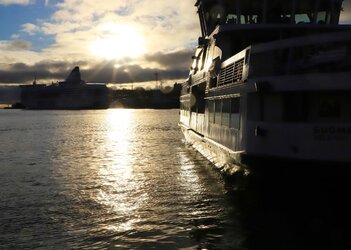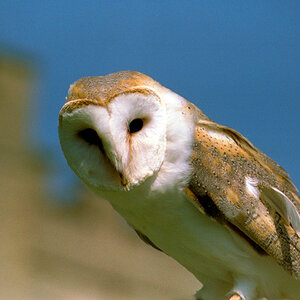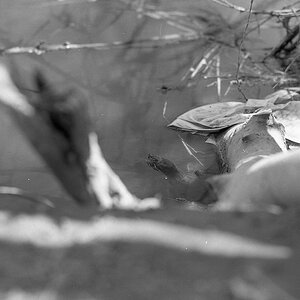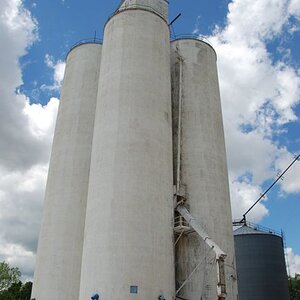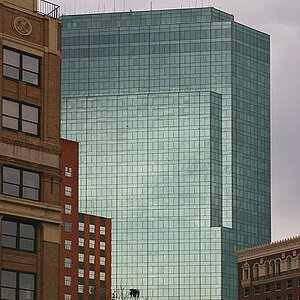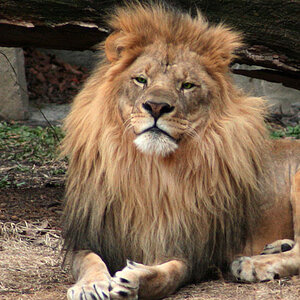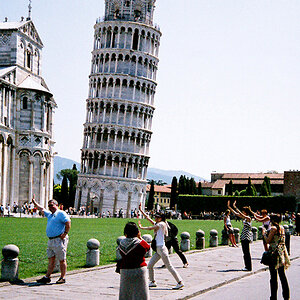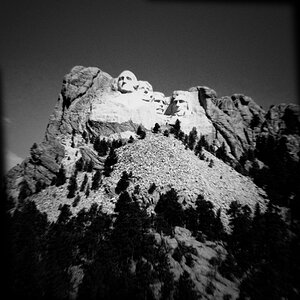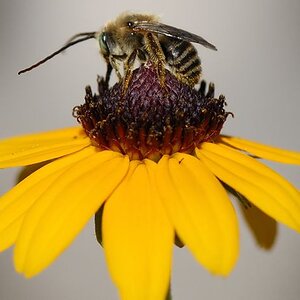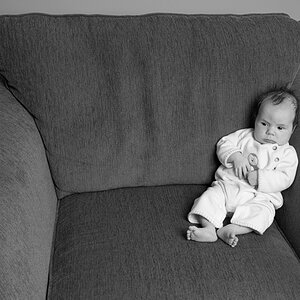TreeofLifeStairs
No longer a newbie, moving up!
- Joined
- May 12, 2013
- Messages
- 1,082
- Reaction score
- 289
- Location
- California
- Website
- treeoflifestairs.com
- Can others edit my Photos
- Photos OK to edit
I could be wrong, but my observation is that sunrises look more yellow where as sunsets look more red. Have you found this to be the case too? If that is the case, my question is why? Isn’t it physically the same process just in reverse?


